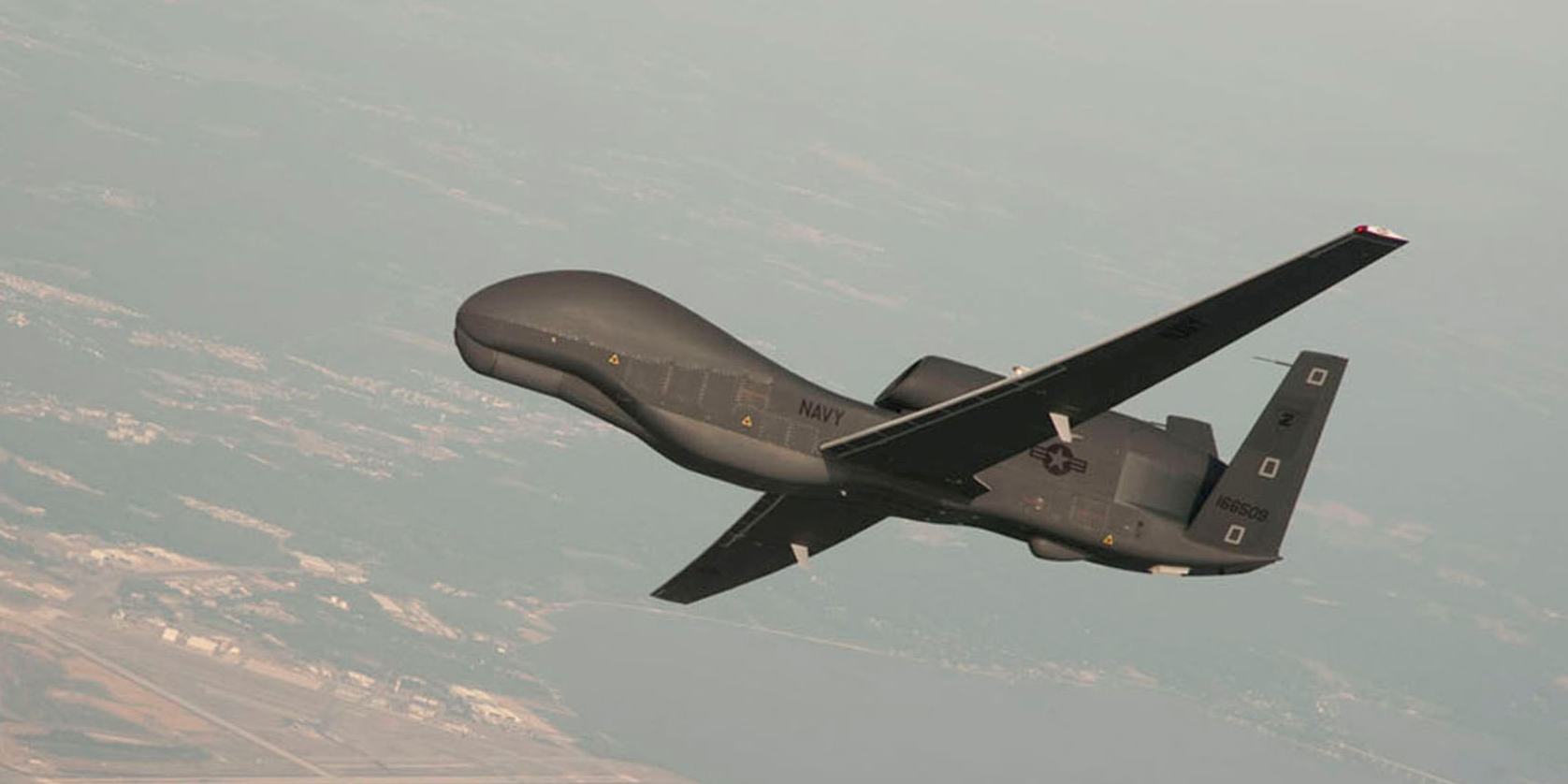- A day after after Iran downed a US Navy RQ-4 Global Hawk drone flying at high altitude, President Donald Trump said the attack was “a mistake.”
- But the commander of the elite military unit that shot it down had already made it very clear: The drone strike was “a clear message” to the US.
- One expert called Iran’s drone attack a carefully chosen move to counter the US without provoking full-scale war, and it is not the first time Iran has chosen to mess with US drones.
- Visit INSIDER’s homepage for more stories.
A day after after Iran downed a US Navy RQ-4 Global Hawk drone flying at high altitude, President Donald Trump said the attack was “a mistake” and that he found it “hard to believe” the attack was “intentional” while also issuing cryptic messages about whether the US would go to war with Iran. But the commander of the elite military unit that reports to Iran’s supreme leader had already said it was intentional: “a clear message” that Iran would strike back against any US aggression.
“Borders are our red lines and any enemy which violates them will not go back home and will be annihilated. The only way for enemies is to respect Iran’s territorial integrity and national interests,” Maj. Gen. Hossein Salami, the commander of the Islamic Revolutionary Guard Corps (IRGC), was quoted as saying by Iran’s Fars news agency. His comments reinforced the Iranian position that the unmanned aircraft was flying over Iranian waters.
The US has said the drone was flying over international waters and was shot down in what Navy Capt. Bill Urban, a spokesman for US Central Command, called an “unprovoked attack.”
The IRGC tracked the Global Hawk from takeoff at 12:14 a.m. local time as it flew a reconnaissance mission over the Strait of Hormuz and intentionally fired a surface-to-air missile at the high-altitude target, saying it saw the aircraft enter Iranian airspace, according to Fars.
Tensions between the two countries have increased over the past week in the wake of attacks on two tankers, for which the US said Iran was responsible. Iran has denied any involvement in the incident, which took place in the Gulf of Oman on June 13.
Read more: A US strike on Iran would be disastrous for the region - and likely for the US
One expert called Iran's drone attack a "fully calibrated" move to counter the US, and it is not the first time Iran has chosen to mess with US drones. In 2011, Iran said it captured a RQ-170 "Sentinel," a sophisticated stealth drone that Iran reverse engineered for its own purposes, to the Obama administration's frustration. And earlier this month, the US said Iran shot down an MQ-9 Reaper drone, an armed aircraft that was surveilling the Kokuka Courageous, one the two ships attacked last week.
Iran's defense minister, Javad Zarif, tweeted on Thursday, "The US wages #EconomicTerrorism on Iran, has conducted covert action against us & now encroaches on our territory. We don't seek war, but will zealously defend our skies, land & waters. We'll take this new aggression to #UN & show that the US is lying about international waters."
The US wages #EconomicTerrorism on Iran, has conducted covert action against us & now encroaches on our territory.
We don't seek war, but will zealously defend our skies, land & waters.
We'll take this new aggression to #UN & show that the US is lying about international waters
— Javad Zarif (@JZarif) June 20, 2019
"The Iranians are intentionally and meticulously escalating," Ariane Tabatabai, an expert on Iran and an associate political scientist at the Rand Corp., told The Wall Street Journal, saying that Iran hoped such "fully calibrated" behavior would serve as a leveraging tool in future negotiations or force the US to decrease economic pressure on the country. If the drone was in Iranian airspace, that points to an escalation by the US - and a breach of Iran's airspace sovereignty.
The IRGC shot a surface-to-air missile at the drone, an unarmed surveillance aircraft, and released footage of the attack online.

